Convert kilowatts to horsepower: how many drugs in one kW + principles and calculation methods
Horsepower and Watt. The first term is a power meter, which is becoming increasingly obsolete, gradually being supplanted from electrical engineering, the second is modern. Motorists, however, resist, preferring visibility.
Sometimes it is required to translate “l. with." in watts - let's see how they compare.
The content of the article:
What is horsepower?
The only measure of power the equivalent of which is recognized worldwide is kilowatts. Despite this, where there are internal combustion engines, their strength is indicated in horsepower. This unit is also popular in calculating the transport tax.
For this reason, owners of their own vehicles have to transfer kilowatts to this off-system unit.
The expression has firmly entered the vocabulary ever since when James Watt from Scotland in the late 17th century introduced the first steam engine to replace horse-drawn traction.

An interesting fact: at one time in France, or rather, in Paris, there were norms for the draft effort of crews (omnibuses).
According to them, a horse harnessed to the crew, for a working day of 5 and a half hours and a draft force of 25.8 kg, should run 55,056 km daily. The power developed by horses was 72 kgm / s.

Observing the work of the horse lifting the load from the mine, he found that at a constant speed of 1 m / s it lifts a load weighing close to 75 kg.
By calculation, James Watt defined horsepower as the power at which a horse’s luggage weighing 250 kg can lift 30 cm in 1 s. Therefore, 1 hp = 75 kgm / s, and if in watts, then - 735.499 watts.
Following this, the following horsepower options came into use:
- electric;
- mechanical;
- indicator;
- boiler rooms and many others.
Since the definition of horsepower is ambiguous in order to put things in order in this matter, in 1882 the English Association of Engineers at its congress approved a previously unknown unit of measure for power. It was named in honor of the inventor - W (watt) or W, and it became international.
Later, the adoption of SI prescribed designate the engine power in kilowatts. The unit began to be used in technical documentation, in advertising booklets. To put an end to the obsolete concept, in 2010 the EU Directive prohibited the use of horsepower without dubbing in kilowatts.
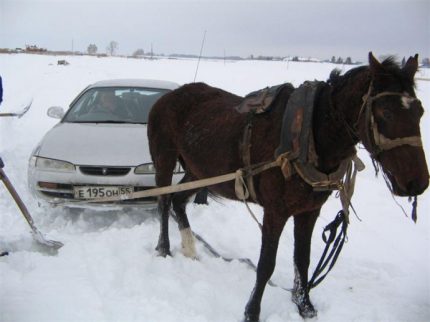
Different types of horsepower are associated with watts as follows:
- electric - 746 W;
- mechanical - 745,699871582 W;
- metric - 735.4988 W;
- indicator - 745.6998715822 W;
- boiler room - 9809.5 watts.
European countries mainly use metric horsepower. By it is meant the power used to lift up weights of 75 kg at the same speed and generally accepted acceleration g = 9.80665 m / s².
In the United States and the United Kingdom, in the automotive industry, horsepower is 1.0138696789 metric hp. or 745.6998815 watts. Boiler, electric hp also used in America.
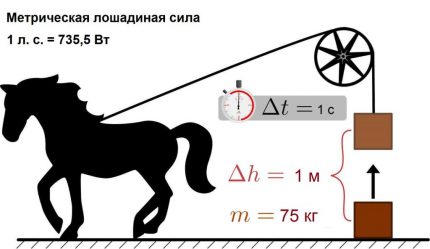
The unit “horsepower” has been removed from the official turnover in Russia. When calculating the transport tax, the metric version of the hp still applied. In this case, the tax value is multiplied by the number of hp.
Watt and Kilowatt Units
A watt power unit is included in the SI system. One watt is 1 J work done in 1 second.
This measure of power can also be expressed through the ratio of other units:
- Newton moved 1 m in 1 s.
- One kilogram displaced within 1 m.
- Volt-ampere
One kilowatt contains 1000 watts. Using this unit, the energy of sound, heat, current power, radiation fluxes is measured.
Ways to convert kilowatts to l. with.
The mutual transition of these two units can be accomplished by several methods:
- Online convectors. There are software products for this, but you need access to the network. If there is Internet, then the method is very fast and simple.
- Tables. They contain values that are more common than others.
- Formulas for translation. Used to “convert” physical quantities manually.
Numerical values used in practice: 1 kW = 1.36 hp, 1 hp = 0.735 kW. It’s easier to work with the first expression, and to simplify, 1.36 is rounded to 1.4. In this case, the error is small and if we estimate the power approximately, then its value can be neglected.
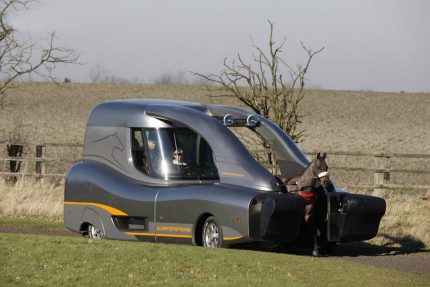
Practically converting kW to hp will have the following form:
90 kW x 1.4 = 126 hp and reverse: 140 hp : 1.4 = 100 kW.
For more accurate calculations in order to determine how much horsepower is in a kilowatt, a coefficient of 1.35962162 is used.
Horsepower in a car
The value in kW divided by 0.735 is the horsepower in the car. It is comparable to the action performed in 1 s in order to lift a 75 kg load by 1 m. At the same time, gravity is taken into account.
The greater the engine power of the car in relation to the mass of the vehicle, the more efficient it is. In other words, the less the body weighs, the greater the power indicator and the greater the acceleration of the car.
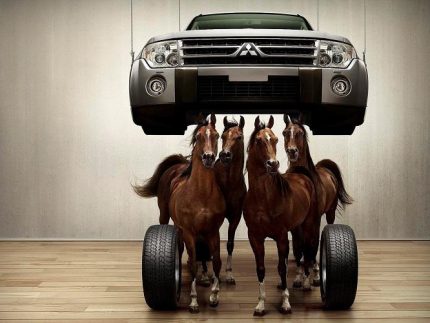
For example, the Jeep Wrangler has a power of 177 hp. and a gross weight of 2.505 tons. The ratio of power to full weight will be: 177: 2505 = 70.56. Acceleration to hundreds of kilometers per hour - 10.1 s.
If you take a powerful Ferrari 355 F1 car with a 375 hp engine. and weighing 2.9 tons, the ratio will be 375: 2900 = 0.129. Acceleration to 100 km / h - 4.6 seconds.
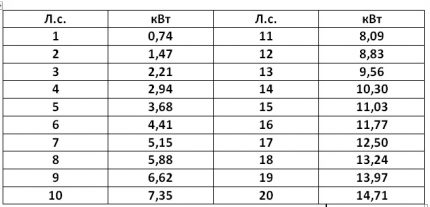
The designation of horsepower in different countries is not the same. While in Russia it is hp, then in English-speaking countries - hp, in the Netherlands - pk, in Germany - PS, in France - CV.
When the kilowatt was introduced, in France they stopped using CVs and completely switched over when calculating the tax on these new units of power. In the UK, the dimensions of the car were taken as the basis for the tax on the vehicle.
In Russia, in addition to the transport tax, hp used in calculating the size of the payment for insurance of the iron "horse" (CTP). Apply hp and in determining the actual power of a motor vehicle. At the same time, terms such as gross and net are in use.
The first indicator is measured at the stand and the operation of the cooling pump, generator and other related systems is not taken into account. Its value is always higher than the second parameter, but does not reflect the power generated in normal circumstances.
If you use this method to transfer the kilowatts indicated in the passport, then only the amount of motor operation will be established. To accurately evaluate its power, using this method is impractical due to the large error, which is equal to from 10 to 25%. Since the performance of the motor will be overestimated, the transport tax will also be large.
The stand gives out the net value taking into account auxiliary systems. The parameter obtained in this way corresponds more precisely to power under normal conditions. Even more accurately determine the power can such a device as a dynamometer.
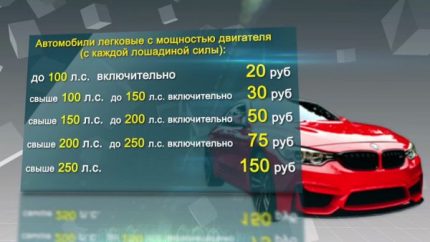
From how much horsepower the car’s engine accelerates, the car’s coolness and its dynamic characteristics depend.
If the car does not have technical documentation, and its power must be known, you can do this in two ways.
# 1: Method for determining vehicle power
To determine power in traditional horsepower using this option, values such as torque, engine speed are needed. You can find them in the instructions or on the Internet, if you specify the appropriate brand of car.
Further, the found parameters are multiplied. For the calculation, the following expression is used:
(RPM x T) / 5252 = HP
It RPM - engine speed, T - the moment of torsion, 5.252 - the number of radians per second. So, one of the models of the Hyundai Santa Fe car has a torque of 227 at a speed of 4000, so 227 x 4000 = 908 000. The result is divided by 5252 and horsepower is obtained:
908,000: 5252 = 173 bhp
# 2: Power calculation method
On a car engine, voltage in volts, amperage, efficiency in percent are usually indicated.
Using this data, engine power in hp is calculated. according to the formula:
(V x I x Efficiency): 746 = HP
Efficiency is converted to decimal fraction - in the form of decimal fraction 82%.
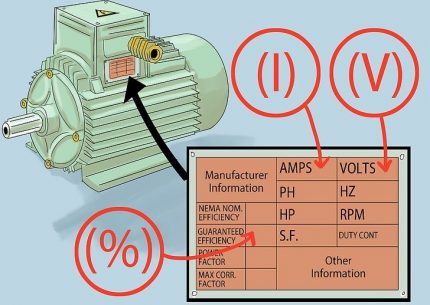
Conclusions and useful video on the topic
Horsepower Details:
Increasingly, power is indicated in kilowatts, and non-system units are a thing of the past. Yet the need for horsepower conversion still exists. As long as these units exist, you must be able to use them wisely.
Have questions about the topic of the article? Or maybe there is information that could complement our material? Please write your comments, share your experience in the block below.

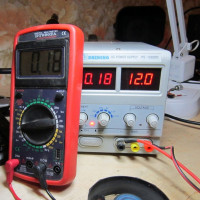 Converting Amperes to Watts: rules and practical examples of the conversion of voltage and current units
Converting Amperes to Watts: rules and practical examples of the conversion of voltage and current units 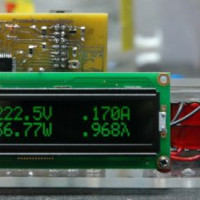 How to convert amperes to kilowatts: principles of translation and practical examples with explanations
How to convert amperes to kilowatts: principles of translation and practical examples with explanations  How to calculate power, current and voltage: principles and examples of calculation for domestic conditions
How to calculate power, current and voltage: principles and examples of calculation for domestic conditions 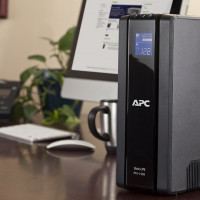 Uninterrupted for the computer: rating of the best UPS
Uninterrupted for the computer: rating of the best UPS 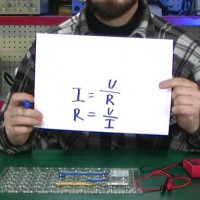 Ohm's law for the complete chain and for the section of the chain: writing formulas, description and explanation
Ohm's law for the complete chain and for the section of the chain: writing formulas, description and explanation  How much does it cost to connect gas to a private house: the price of organizing gas supply
How much does it cost to connect gas to a private house: the price of organizing gas supply  The best washing machines with dryer: model rating and customer tips
The best washing machines with dryer: model rating and customer tips  What is the color temperature of light and the nuances of choosing the temperature of the lamps to suit your needs
What is the color temperature of light and the nuances of choosing the temperature of the lamps to suit your needs  Replacement of a geyser in an apartment: replacement paperwork + basic norms and requirements
Replacement of a geyser in an apartment: replacement paperwork + basic norms and requirements
The above formulas, in fact, determine not the power of the car, but the effective power of its engine. Agree that not all power goes to the wheels. Handouts, transmission and other little things like power steering or climate control take "their share". Plus, we do not take into account all kinds of resistance forces, so the real error in determining power will be in the region of 5-10%.
I also add that there are other ways to determine power, for example, by engine displacement or acceleration time of a car up to 100 km / h. And tuning lovers use more exotic methods, say, based on the performance of the injectors.